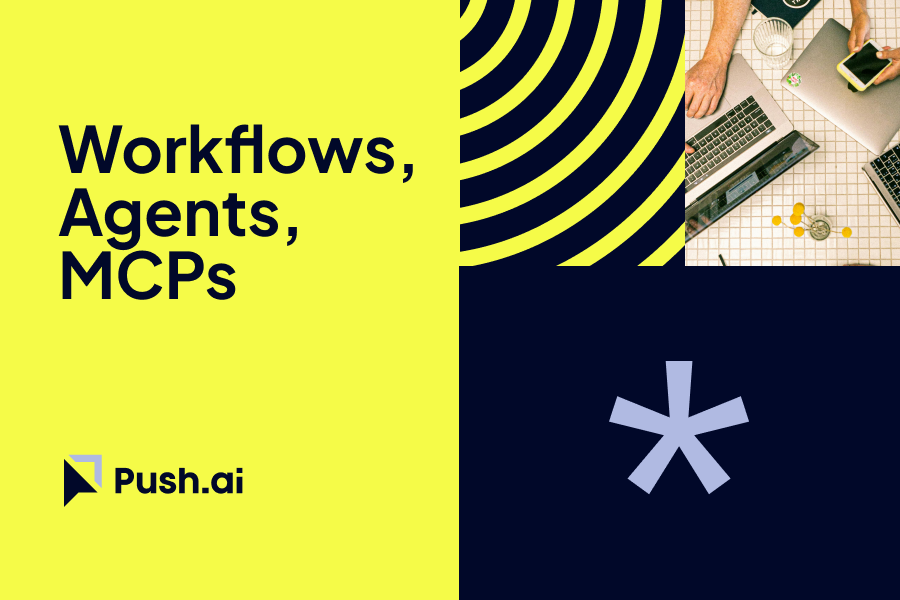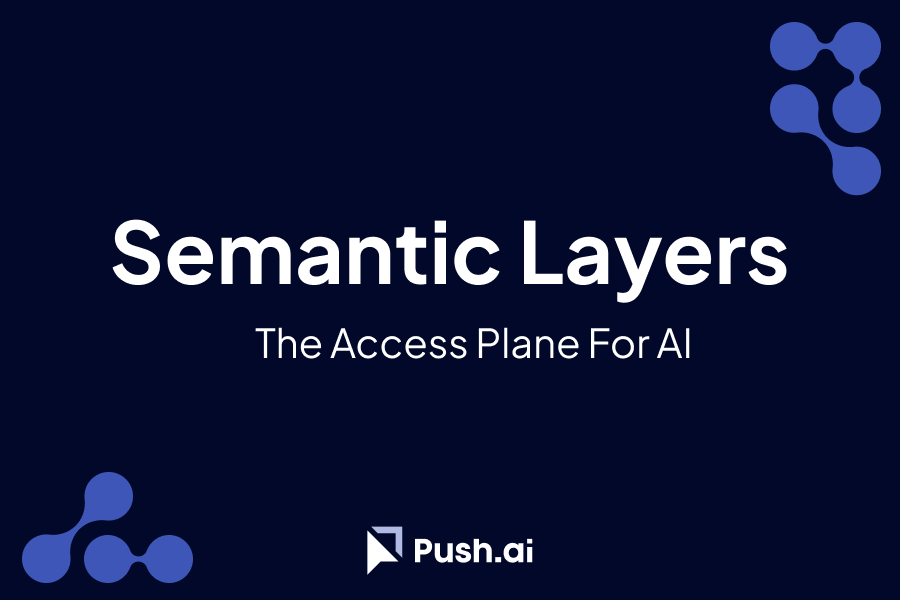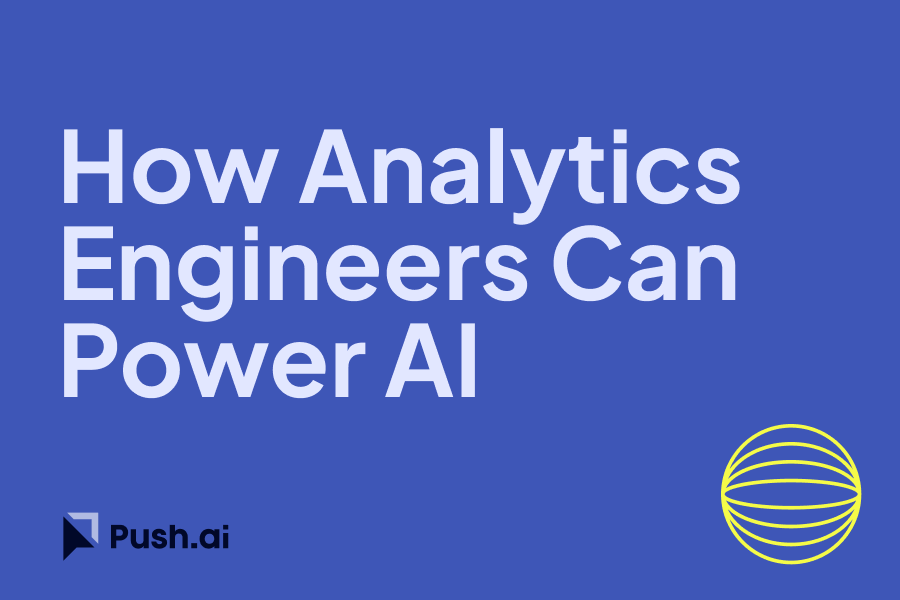As AI continues to evolve, it’s not just changing the landscape of software development; it’s also reshaping analytics engineering. Three key concepts are at the forefront of this transformation: AI workflows, agents, and the Model Context Protocol (MCP). Let’s dive into what they are and why they matter.
AI Workflows: Supercharged Automation with Agent Builders and n8n
AI workflows are essentially automated pipelines that combine AI logic, API calls, and custom triggers to achieve a specific outcome. Tools like OpenAI’s Agent Builder and n8n allow teams to create these workflows in a more intuitive, no-code or low-code way. You can think of it as a supercharged version of reverse ETL. Instead of just moving data from your warehouse into other systems, you’re building dynamic, AI-infused pipelines that can trigger on webhooks, enrich data, and perform complex logic all within a single flow.
For analytics engineers, this means you can automate multi-step data processes that were previously cumbersome. Imagine a workflow that not only pulls data from multiple sources but also uses AI to classify or enrich that data before pushing it to downstream systems. It’s a powerful way to streamline and enhance your ETL processes.
Agents: The AI That Acts Like a Teammate
AI agents have become a critical part of this ecosystem. Think of them as AI teammates that can dynamically call tools, remember context, and produce structured outputs. They operate a bit like React components in software: given an input and a set of tools, they figure out how to achieve a goal and return a useful output. For example, an agent might receive a request to enrich a dataset with external context, call the necessary APIs, and return the enriched data. By incorporating agents into analytics workflows, you can offload repetitive or multi-step reasoning tasks to AI, freeing your team to focus on higher-level analysis.
The Model Context Protocol (MCP): Extending AI’s Reach
Finally, there’s the Model Context Protocol (MCP), which allows third-party applications—like Slack or Linear—to provide dedicated tools and context for agents. In other words, MCP lets you plug specialized capabilities directly into your AI workflows without having to build all the API calls yourself. This can enable more sophisticated actions that aren’t possible through standard APIs alone. For analytics engineers, that means you can extend your AI agents to interact seamlessly with other business tools, automating tasks like sending updates to Slack or managing tasks in Linear based on data insights.
Bringing It All Together: How Analytics Engineers Can Leverage These Concepts
By understanding these concepts, analytics engineers can build more intelligent and automated data environments. Workflows can automate complex ETL and data enrichment tasks. Agents can handle multi-step reasoning, enrich datasets, and interact with other tools. MCP can extend these capabilities even further, allowing seamless integration with your existing data ecosystem. Ultimately, these AI advancements empower analytics engineers to deliver faster, more insightful analytics with less manual effort. It’s an exciting new frontier where


%201.svg)







